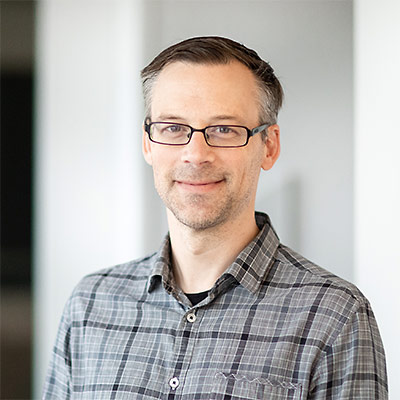The Laskers of Breslau – A Family History in Words and Music
On the occasion of the commemoration of Kristallnacht, Anita Lasker-Wallfisch, Holocaust survivor and gifted cellist, along with her children Raphael and Maya, grandson Abraham and niece Michal, will offer an intimate glimpse inside their family history. Letters from the family archive, photographs and musical pieces tell the story of her love-filled childhood home in Breslau, the Nazis seizure of power and the subsequent fate of her family.
